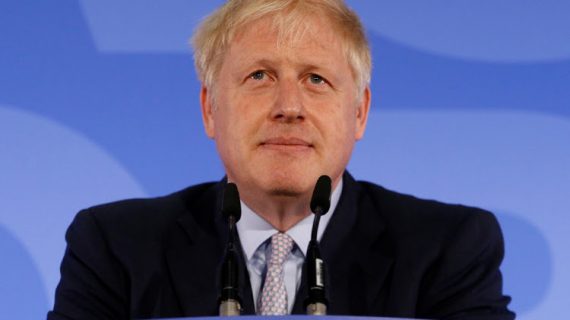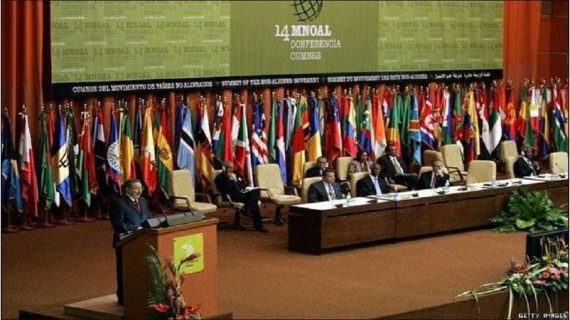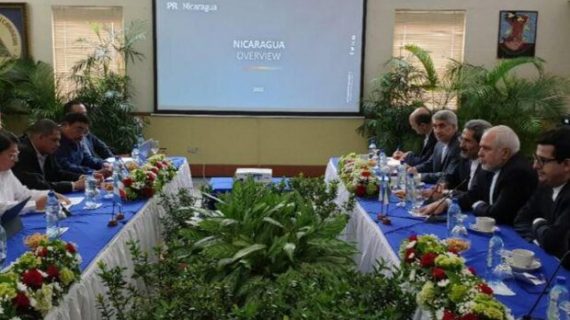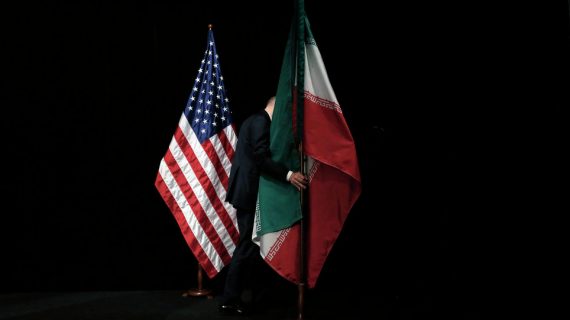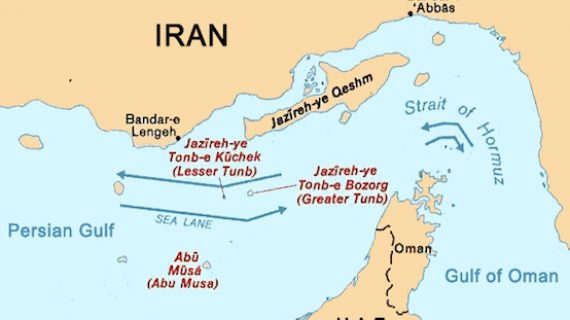IMF Sums Up Assessment of Iran’s Economic Status Quo
Reported by HPMM Group according to FINANCIAL TRIBUNE ; The International Monetary Fund’s Executive Board concluded the 2018 Article IV consultation with the Islamic Republic of Iran on March 21.
Under Article IV of its Articles of Agreement, IMF holds bilateral discussions with members, usually every year. A staff team visits the country, collects economic and financial information, and discusses with officials the country’s economic developments and policies.
Following their return, the staff prepares a report, which forms the basis for discussion by the Executive Board, the IMF’s website reported.
At the conclusion of the discussion, the managing director, as chairman of the board, summarizes the views of executive directors and forwards them to the country’s authorities.
Following a strong rebound in the aftermath of the 2016 nuclear agreement, real GDP growth is expected to reach 4.3% in 2017-18.
In the first half of 2017-18, recovery broadened to the non-oil sector, aided by supportive fiscal and monetary policies and a recovery in construction and services activity. The unemployment rate declined to 11.7% in the first half of 2017-18, but remained particularly high for youth and women.
Inflation averaged 9.9% during the first 11 months of 2017-18 aided by moderation in food prices and stable administered prices. However, inflation is expected to be contained around 12% in 2018-19 as liquidity growth is curbed to limit the second-round effects of the recent depreciation in exchange rate.
The foreign exchange market experienced volatility in early 2018; following the increase in interest rates in February, the spread between the official and the market rate narrowed to under 20%.
Real GDP growth is expected to ease to 4% in 2018-19, as oil production stabilizes in line with Iran’s OPEC cap, and is forecast to average 4.5% over the medium term. The current account is expected to remain in surplus, as improved oil prices and higher gas exports allow international reserve buffers to rise gradually. Ongoing uncertainty is expected to keep FDI subdued and hamper the further expansion of correspondent bank relations.
The pace of job creation lags that needed to absorb the large number of new entrants joining the labor market, implying that unemployment could remain above 11%.
> Executive Board Assessment
The executive directors welcomed the macroeconomic progress made by Iran, particularly in broadening the recovery of the non-oil sector following the lifting of sanctions. However, they noted that a weak banking sector, structural bottlenecks and heightened uncertainty pose risks.
To create jobs for the highly educated youth, improve living standards and achieve higher growth rates, they encouraged the authorities to persevere with prudent policies and pursue deep multifaceted reforms despite the challenging domestic and geopolitical environment.
The directors underscored that financial sector reform should be a priority, in particular recapitalization and restructuring of viable banks, and resolution of non-viable ones. They highlighted that state-controlled banks should start preparing and implementing recovery plans as soon as possible, as they await the initiation of the planned Asset Quality Review.
They welcomed the progress in strengthening the AML-CFT framework. They encouraged the timely passage and implementation of AML and CFT amendments in line with the FATF action plan. This would help restore confidence in the system and facilitate correspondent banking relations.
The directors emphasized that continued efforts to unify the dual exchange rate, together with a clear communication strategy and tighter monetary conditions, would support the transition to a market-based monetary policy framework.
They also highlighted the need to securitize government’s debt to the Central Bank of Iran and provide full autonomy to CBI. They also agreed that the new Central Bank Law should enhance CBI’s autonomy and make price stability the core objective of monetary policy.
The IMF directors recognized the authorities’ efforts to contain the cash-based fiscal deficit. Going forward, they saw the need for broad-based, growth-friendly measures to contain fiscal deficits and debt as well as to create space for higher social and investment spending.
They underscored that adjustment efforts should be gradual and continue to focus on mobilizing tax revenue, removing exemptions, reducing fuel subsidies and reforming the pension system. They emphasized that targeting cash transfers to the poor will be important to create space and make the adjustment more equitable. They also encouraged the authorities to develop a medium-term debt management strategy.
The directors emphasized that deeper reforms are needed to close the infrastructure gap, create more jobs and further reduce poverty. They highlighted that reform efforts should focus on diversifying the economy, improving the business climate (especially reducing red tape), modernizing regulations, strengthening the bankruptcy framework and easing market entry.
They encouraged the authorities to facilitate greater female labor force participation by reducing barriers, subsidizing child care to low-income women and tackling informality.
The IMF directors also underscored the importance of improving the quality, timeliness and availability of data.


